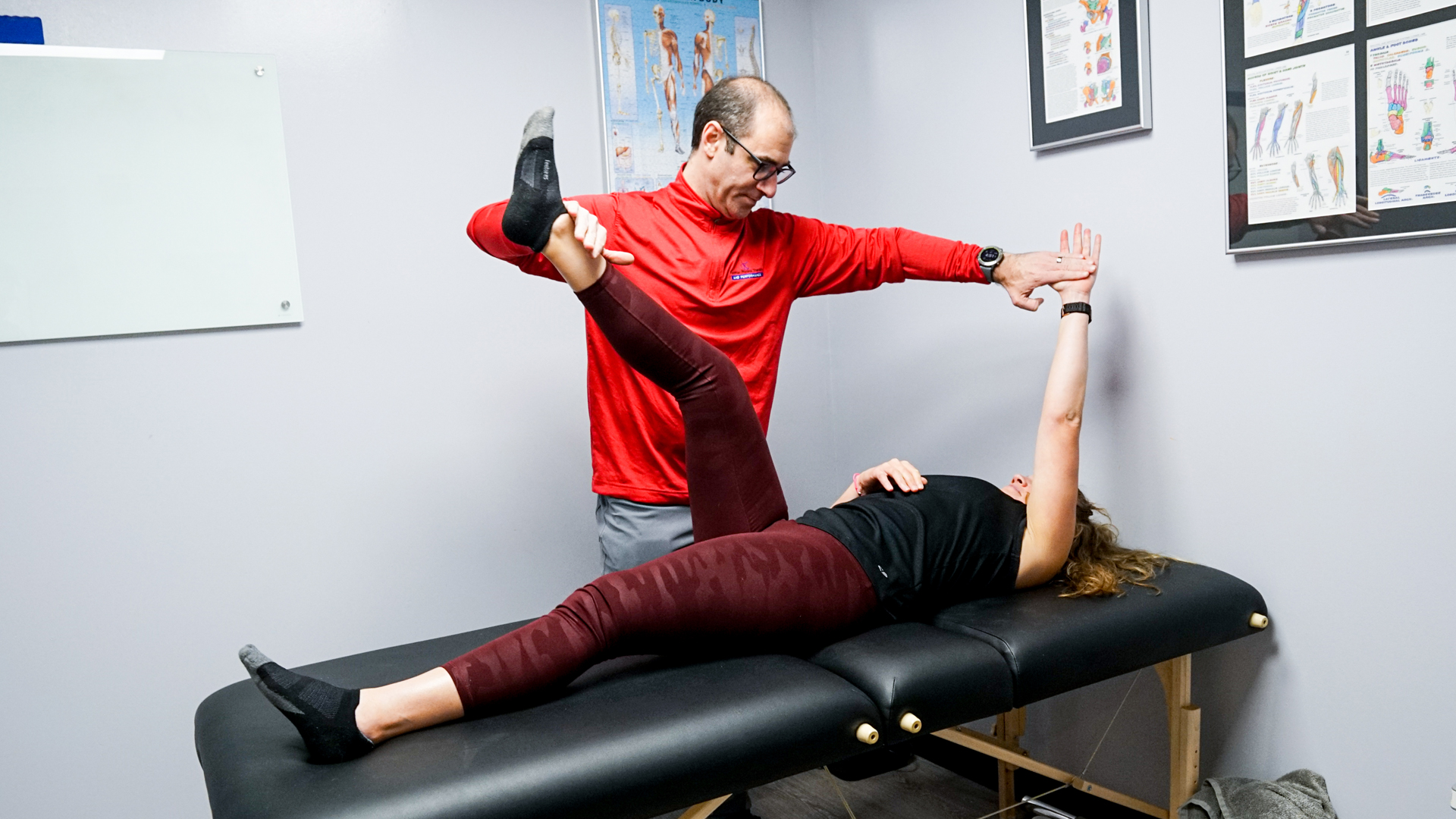Enhancing Rehabilitation Results Through Efficient Practical Movement Assessment Guidelines
Enhancing Rehabilitation Results Through Efficient Practical Movement Assessment Guidelines
Blog Article
Operational Mobility Screening (FMS) is a beneficial tool used to evaluate an person's movement mechanics. This screening aids determine any weaknesses or discrepancies in the body, which can lead to harm if not addressed. In recovery settings, FMS can play a critical role in enhancing rehabilitation outcomes. By comprehending how each person navigates, healthcare professionals can develop targeted recovery programs that concentrate on improving power, flexibility, and general performance.
One of the key advantages of using FMS in recovery is its capability to pinpoint particular aspects that need improvement. For instance, if a patient has difficulty with squatting or lunge movements, it may suggest a lack of flexibility in their hips or ankle joints. This information allows therapists to formulate personalized fitness programs that emphasize addressing these deficits. As a consequence, patients are more likely to regain their power and functionality, which is crucial for resuming to daily activities or athletics.
Implementing effective FMS protocols can also assist prevent future harm. Many injuries occur due to inefficient movement patterns or overuse of specific muscle groups. By evaluating individuals before they start a recovery program, therapists can detect risks and implement approaches to minimize them. Educating patients about appropriate mobility patterns and enhancing weak aspects can lead to sustained benefits, promoting that they stay active and fit.
Additionally, the use of FMS can improve dialogue between healthcare professionals and patients. When patients see their movement mechanics assessed and clarified, they gain a Full Report better understanding of their rehabilitation process. This clarity fosters confidence and motivates patients to take an active part in their rehabilitation. By involving patients in their rehabilitation journey, they are more likely to follow to prescribed exercises and behavioral adjustments that promote better outcomes.
In summary, enhancing rehabilitation outcomes through efficient operational mobility screening protocols is crucial for both clients and healthcare providers. By accurately evaluating movement best site patterns, clinicians can create tailored rehabilitation programs that meet specific needs. This not only aids in rehabilitation but also assists prevent future harm. As patients become more involved in their recovery journey, they are likely to achieve their goals and maintain a fit, active lifestyle.